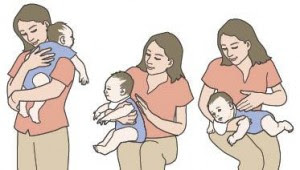The following aspects of
relationships are particularly important In quality care for babies:
Each baby has many opportunities to use all skills, such as reaching for, holding and exploring objects, and adequate space to develop physical skills such as crawling, rolling, and pulling up to stand.
Crying and signs of distress are responded to by
child care professionals in ways that are timely,
comforting and appropriate.
Care is provided by familiar adults, who get to
know the baby and whom the baby gets to know.





















